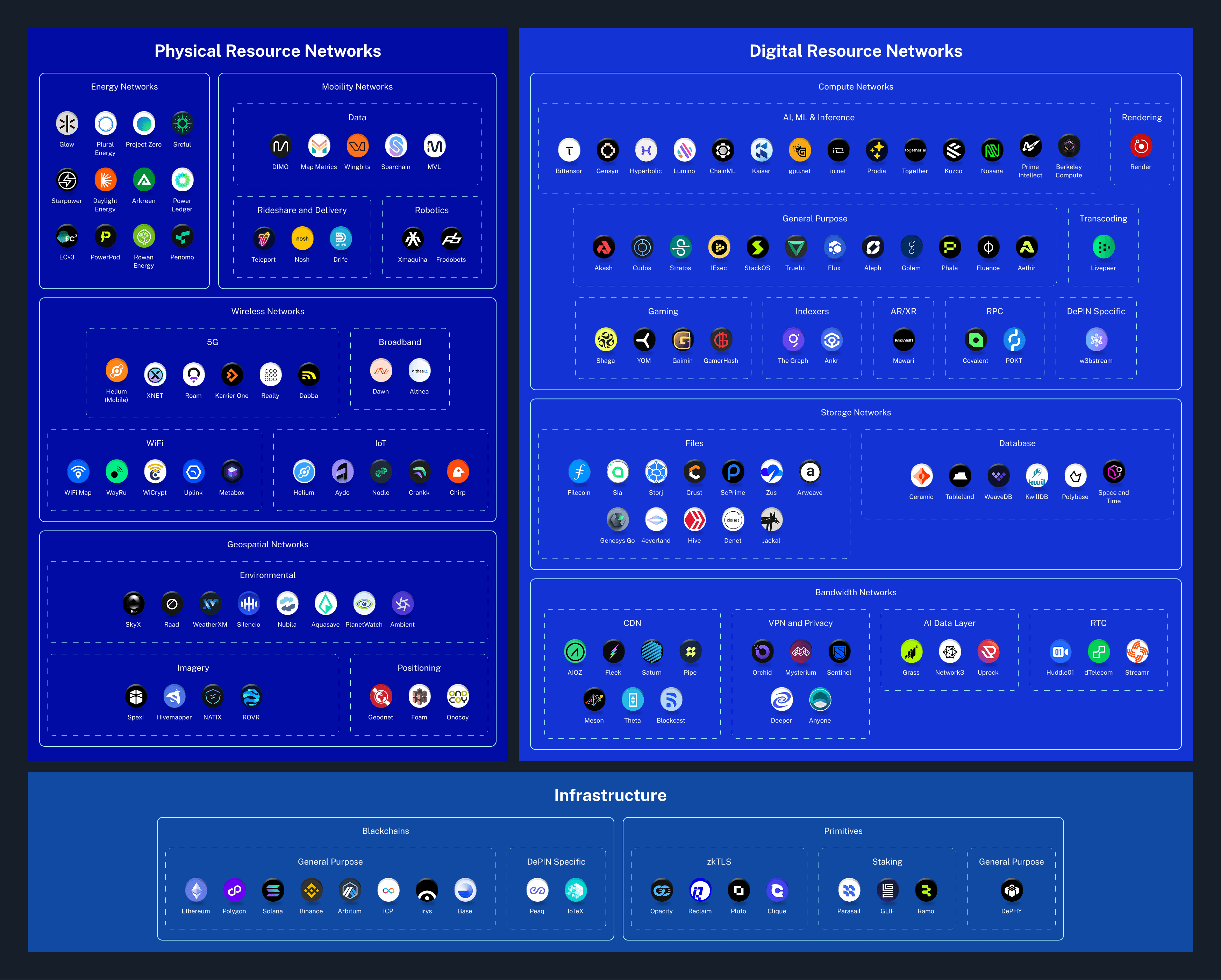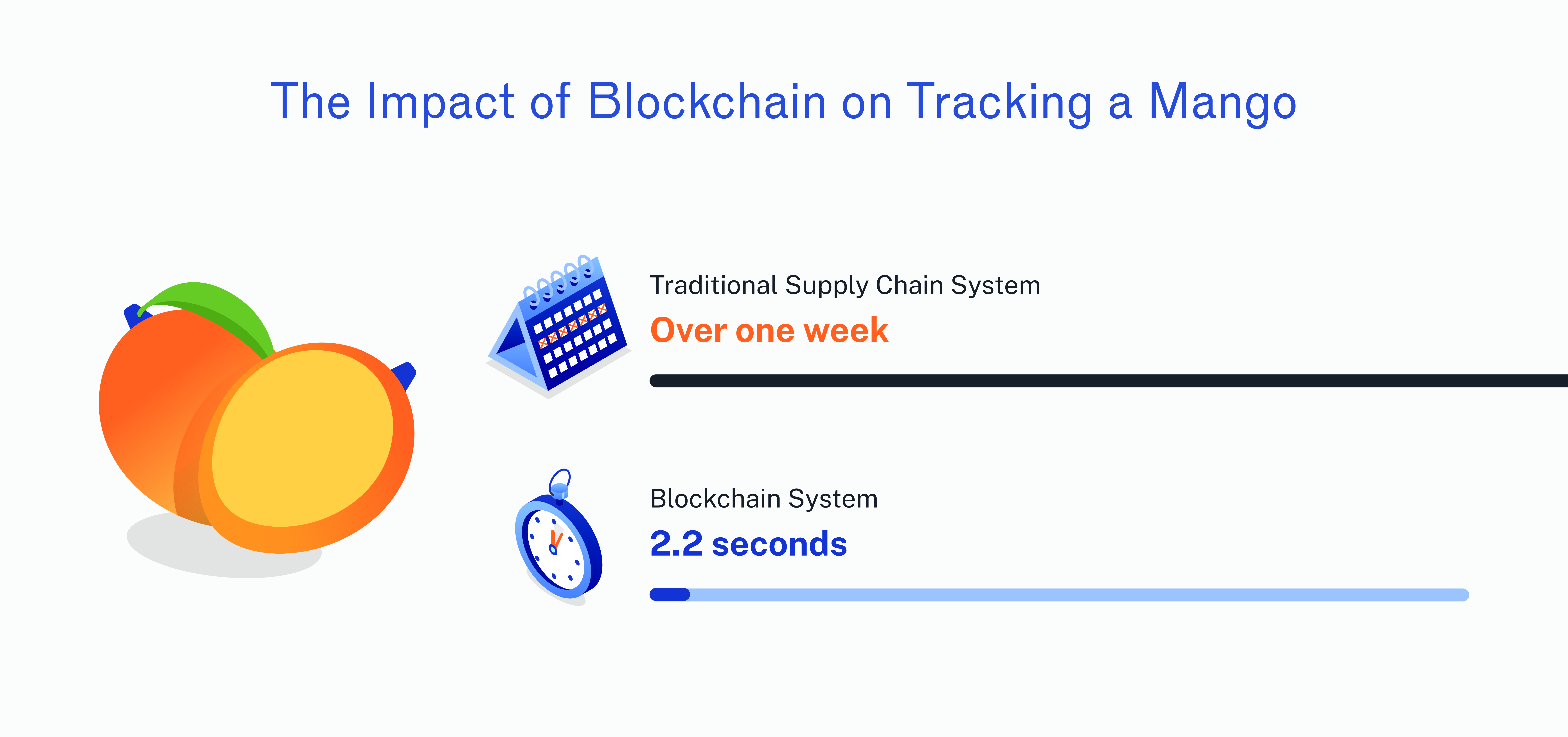
For the first decade or so of cryptocurrency’s existence, the technology copped a stream of criticism from the media and traditional finance for lacking any real-world use. Many saw digitised coins as intrinsically worthless, fuelled purely by speculation. Some even compared Bitcoin to a pet rock.
And, to be fair – for a while, that was kind of true (well, not the pet rock part).
In its formative years, cryptocurrency was primarily used as a payment vehicle. While digital tokens had plenty of benefits over traditional financial transfers, the tech wasn’t fully fleshed out.
Fast forward a decade, and blockchain technology is no longer a theoretical exercise. Although mainstream adoption still lags behind traditional finance, cryptocurrency’s presence in the ‘real’ world is growing by the month.
Some crypto investors already understand how the technology is reshaping digital finance as we know it. From cheap international transactions to 24/7 settlement of assets, the blockchain has added a level of financial depth and freedom in a burgeoning Web3 world.
But crypto’s use goes far beyond just the digital realm.
How is blockchain technology making a real-world impact?
Several new branches of the crypto industry have their eyes set on real-world utility. The scope of these sub-sectors ranges from physical infrastructure to revolutionising supply chain verification and real estate settlement.
DePIN
Decentralised Physical Infrastructure, better known as DePIN, is one of the fastest-growing markets in cryptocurrency.
Between the middle of 2023-24, DePIN was the second-top performer in project growth. While this trend has slowed lately, there are now several fully operational, billion-dollar DePIN ecosystems.
DePIN is a broad category aiming to build physical infrastructure by crowdsourcing resources. This might look like building an internet network in rural towns, developing a map of the outback, or collating traffic data.
These projects incentivise participation by rewarding providers with cryptocurrency.
Because data is collected and distributed without an intermediary, this means DePIN services can often be cheaper than traditional alternatives. For example, some users of the Helium project – a DePIN facilitating mobile hotspots – have reported breaking even on their phone bills. Other frameworks, such as Render Network, allow people to ‘sell’ unused GPU power, internet data or file storage via a decentralised marketplace.

Healthcare
Healthcare is an extremely important industry shrouded in sensitivity. Patient information needs to be encrypted and secure – yet, practitioners and hospitals on different sides of the country may need this data to save someone’s life. So ensuring its accuracy is also incredibly vital.
This is where the blockchain comes into play. Healthcare organisations are starting to leverage distributed ledger technology to enhance both the security and interoperability of patient records.
In fact, the European nation of Estonia pioneered the use of blockchain for country-wide medical data. The majority of Estonia’s patient information is stored on a blockchain, providing health professionals with tamper-proof logs that can securely and quickly be shared with specialists and other practitioners.
Supply chain and logistics
Enhancing existing supply chain networks is perhaps the most tried-and-tested application of blockchain technology in the ‘real world’.
Key to maintaining the integrity of the supply chain is transparency and quality assurance. Merchants and customers often need to verify the product they are buying is legitimate, which can be slow and difficult with current systems.
Leveraging blockchain technology for supply chain provides a range of benefits, including:
- Traceability and transparency
- Proof of authenticity, especially via tokenisation
- Speed of verification
- Fast and efficient communication between international supply chain businesses
Did You Know?
One of the most documented uses of blockchain and logistics was the pilot project between US giants Walmart and IBM. The two companies teamed up to test the power of distributed ledger technology in improving supply chain traceability.
The case study began by tracking the source of sliced mangoes using existing mechanisms, which took nearly seven days to complete. Once the blockchain solution was implemented, this time was cut down to just 2.2 seconds.
The pilot’s success led Walmart to start using blockchain tech for tracing over 25 different products.

Real Estate
Real estate is one of the world’s oldest and most popular assets – but it is also one of the most complex.
Blockchain technology has begun to play a role in solving property illiquidity, lowering the barrier for investors and improving contract efficiencies.
One of the earliest intersections of real estate and blockchain came about through tokenisation. Essentially, companies like RealT offered investors the ability to buy fractional ownership of rental properties. This allows lower-income individuals to gain liquid exposure to the real estate industry – something that has often been reserved for the wealthy.
Now, some nations are considering using the blockchain to improve the efficiency of transferring property titles between residents or companies. For example, Sweden’s land registry authority tested a distributed ledger’s ability to digitally sign and instantly verify contracts.
The study found that property settlement times could be reduced from months to just a few days.
What crypto projects are driving real-world change
Blockchain technology is emerging as a tool to transform industries across the global spectrum. More and more businesses are building their own blockchains (such as IBM, JPMorgan and Alibaba) or using existing infrastructure.
But that’s not all – the crypto market itself is teeming with projects targeting specific real-world problems and providing real-world solutions.
As many of these startups jostle for adoption, the market will continue to watch, innovate and grow.
Helium
Helium has cemented itself as one of the most promising examples of decentralised physical infrastructure (DePIN). The project essentially re-thinks wireless coverage, incentivising people to operate hotspots to create a far-reaching, accessible mobile and internet network across the globe.
Participants are rewarded by the native Helium cryptocurrency (HNT), which they can then use to tap back into Helium’s mobile and internet coverage.
There are currently close to 400,000 active hotspots, with most concentrated in the United States.
Worldcoin
Worldcoin is a digital identity project fronted by the CEO of OpenAI, Sam Altman, intending to improve privacy and personhood verification across the internet.
The core of Worldcoin is a hardware scanner called the ‘Orb’, which can generate a ‘World ID’ using retina images that are converted into a hash and then securely stored on the blockchain.
Therein lies the key to Worldcoin – the underlying network does not store images or personal identity. Rather, it simply stores a cryptographic hash that can quickly prove you’re a real human and not a spam bot. Initially, the project targeted nations lacking strong identity verification systems, but has since expanded.
Due to the personal nature of digital identity, Worldcoin has been a polarising project despite its promises of privacy. Several nations have banned the use of the ‘Orb’ on their shores, while others are investigating the hardware further.
VeChain
VeChain is one of the biggest blockchain-based players in the supply chain industry. The project, founded over a decade ago, intended to re-jig logistics and supply verification – starting in China and then branching out globally.
Over its decade-plus existence, VeChain has partnered with several brands that sit atop the social zeitgeist – think BMW, Walmart, Renault and PwC.
But perhaps VeChain’s most visible collaboration is with the Ultimate Fighting Championship (UFC), the most-viewed Mixed Martial Arts promotion in the world. The multi-million dollar deal saw the UFC implement VeChain’s NFC chip technology into its fighter’s gloves.
These gloves are then tokenised and represented on the blockchain, offering ‘immutable’ proof of authenticity, a powerful tool if fighters or charities wish to auction them as memorabilia.
VeChain’s CEO described the gloves – a digital representation of a physical item – as ‘phygital goods’.
Whether the term phygital sticks or not (look…probably not), the concept is beginning to punch above its weight.
Summary
These examples highlight just a fraction of the growing real-world impact of blockchain and cryptocurrency.
As the technology underpinning distributed ledger improves, so too will the scope of its functions across industries and around the globe.
Crypto is already beginning to leave a meaningful mark on society – and it’s easy to forget the industry is barely even a teenager. With time, adoption and innovation, its best years are likely still ahead.
Disclaimer: The information on Swyftx Learn is for general educational purposes only and should not be taken as investment advice, personal recommendation, or an offer of, or solicitation to, buy or sell any assets. It has been prepared without regard to any particular investment objectives or financial situation and does not purport to cover any legal or regulatory requirements. Customers are encouraged to do their own independent research and seek professional advice. Swyftx makes no representation and assumes no liability as to the accuracy or completeness of the content. Any references to past performance are not, and should not be taken as a reliable indicator of future results. Make sure you understand the risks involved in trading before committing any capital. Never risk more than you are prepared to lose. Consider our Terms of Use and Risk Disclosure Statement for more details.
